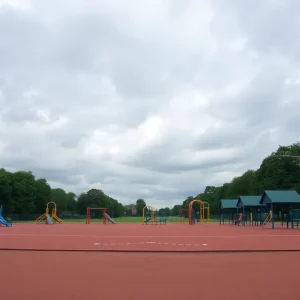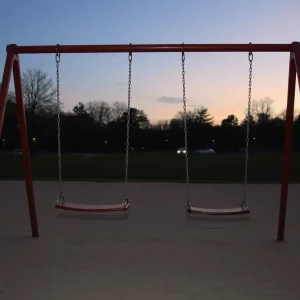Bright Candidates on a Sunny Day in Spartanburg Highlight a Wider Issue
A pleasant day with clear skies and high temperatures near 80F, you wouldn’t believe that it was late October in Spartanburg. Walking around the downtown part of the city, the array of candidate signs outside an early voting center made for quite the spectacle. However, upon closer inspection, something became apparent; too many legislative candidates are running unopposed this November.
Unopposed Races in the Palmetto State
Within the boundaries of Spartanburg County, ten of the 18 state legislative general races only present a single named candidate to the voters. This list includes three out of five of the S.C. Senate races and seven of the 11 S.C. House races. For most, if not all, competitive elections mean named candidates locking horns over contestable seats, but that seems like a rarity here in South Carolina. A sure-shot victory awaits one candidate that appears on the ballot, come election day in November.
A Mountain Too High for Some?
According to Chase Meyer, a political science professor at the University of South Carolina, “Creating competitive districts would make the politicians more responsive, more moderate, on average.” This, however, seems a tall order considering the Upstate’s strong conservative tilt. This stronghold of conservatism often discourages Democrats from running, leading to their inevitable surrender. While Democrats are entering the frame in greater numbers this cycle, it is in targeted strategic races, not every contest. “Some people think we should run somebody everywhere and we just don’t have the resources for that,” admitted Amanda McDougald Scott, chair of the Greenville County Democratic Party.
Redistricting and the Incumbency Advantage
Apart from the partisan landscape, the ten-yearly redistricting process also contributes to the surplus of unopposed races. Following the U.S. Census’ review of population change, officials redraw the legislative maps accordingly. Being mainly a politicians’ task, they often create safer districts for already incumbent representatives. Joshua Meyer-Gutbrod, another University of South Carolina political science professor, had this to say about the redistricting process: “The number one group that benefits from redistricting is not one party or the other, it’s incumbents.”
One Mark, One Party Voting
Another significant element aiding incumbents’ unchecked reign in South Carolina is the state’s straight-ticket voting system. This system provides voters the convenience of electing all candidates from a single party with just one mark on the ballot. With South Carolina being one of the few states still leaning toward this voting system, the likelihood for challengers to run diminishes significantly. According to Meyer-Gutbrod, in states with straight-ticket voting, the voting populace will often “mark that Republican-only box” due to the dominant party’s presidential candidate without looking down the ballot.
Surfacing Potential Solutions
Expecting a course alteration seems to be a light year away. While there are voices calling for nonpartisan redistricting, should they manage to pass, the mandate would only apply to Congressional races and not state legislative elections. Meyer-Gutbrod believes it would take a constitutional amendment, ratified by three-quarters of the states, to effect such a change in federal law. However, it seems unlikely, as he points out, “State Legislatures that would be doing the ratification are not ever going to be keen to surrender that power to draw their own districting lines.”
As we walk away from the voting center, warmed by the Spartanburg sun, the sight of those unopposed candidate signs lingered. In the end, the adage remains; without competition, democracy loses its essence. Here’s hoping for brighter horizons on a not-so-sunny day.







